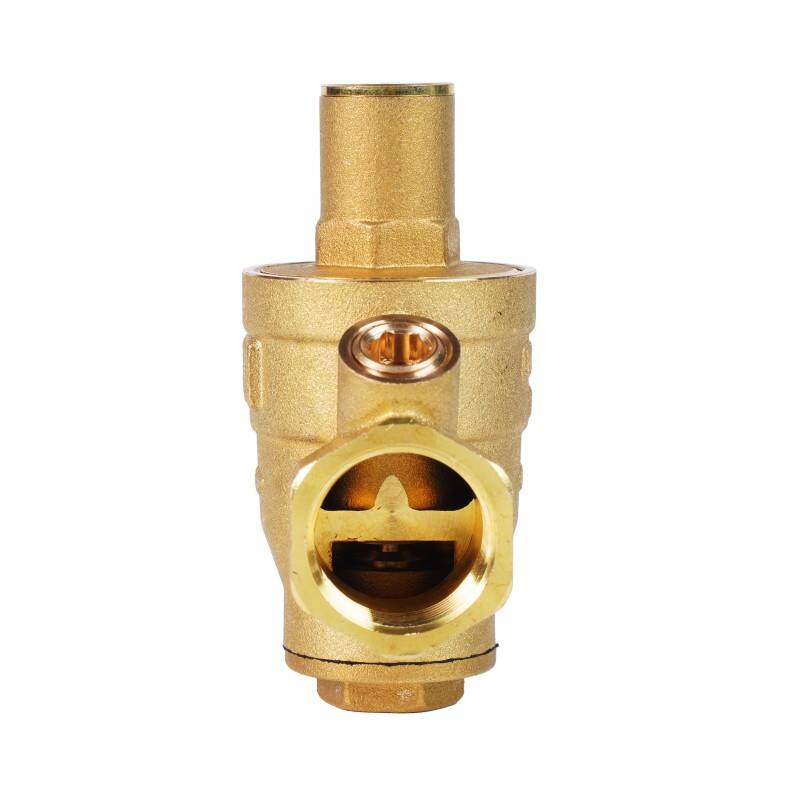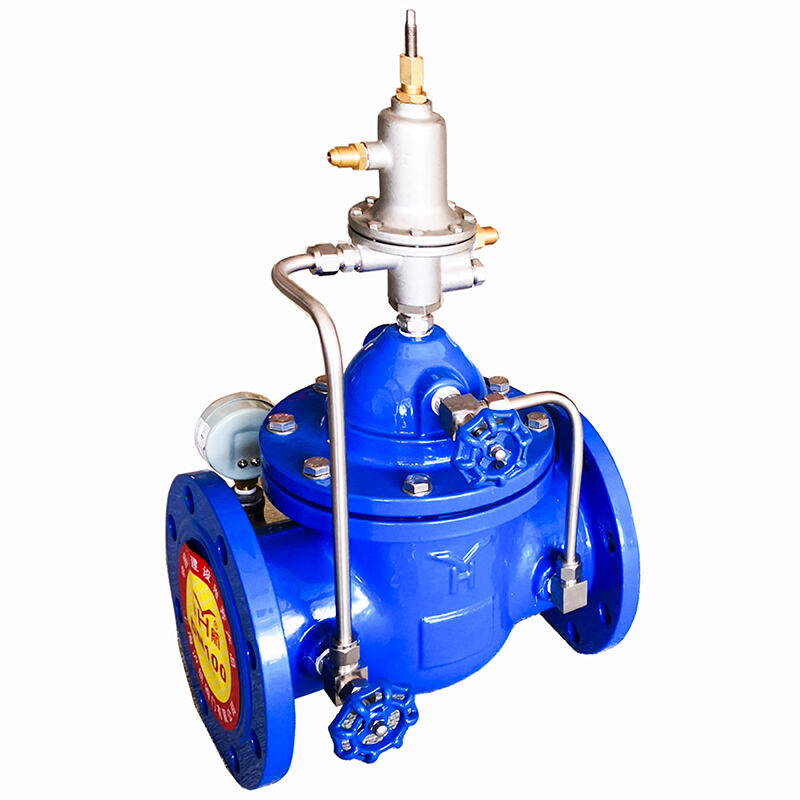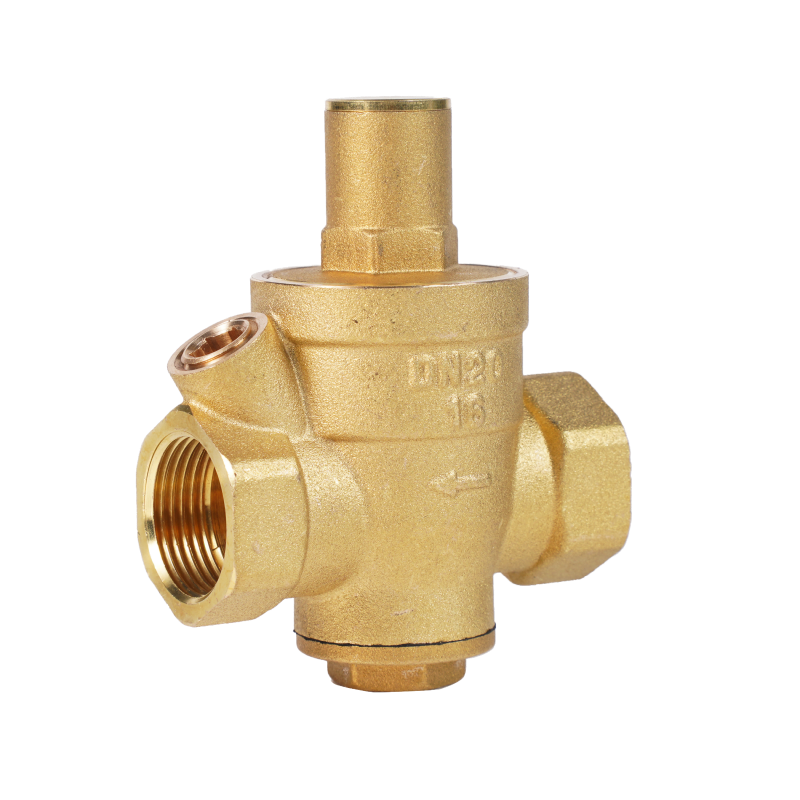pressure reducing valve on boiler
A pressure reducing valve on boiler systems serves as a crucial component for maintaining safe and efficient operation in industrial and commercial heating applications. This specialized valve automatically reduces high-pressure steam or water to a lower, more manageable pressure level suitable for various downstream processes. The valve operates through a spring-loaded diaphragm mechanism that responds to pressure changes, ensuring consistent output pressure regardless of fluctuations in the inlet pressure. Modern pressure reducing valves incorporate advanced features such as precision control elements, adjustable set points, and built-in pressure gauges for accurate monitoring. These valves are designed to handle high temperatures and pressures while providing reliable pressure reduction for extended periods. They play a vital role in protecting boiler system components from damage due to excessive pressure, enhancing equipment longevity, and ensuring optimal system performance. The valve's construction typically features durable materials like bronze, cast iron, or stainless steel, making it suitable for various industrial environments and applications. Additionally, these valves often include safety features such as pressure relief mechanisms and fail-safe designs to prevent system damage in case of valve failure.


